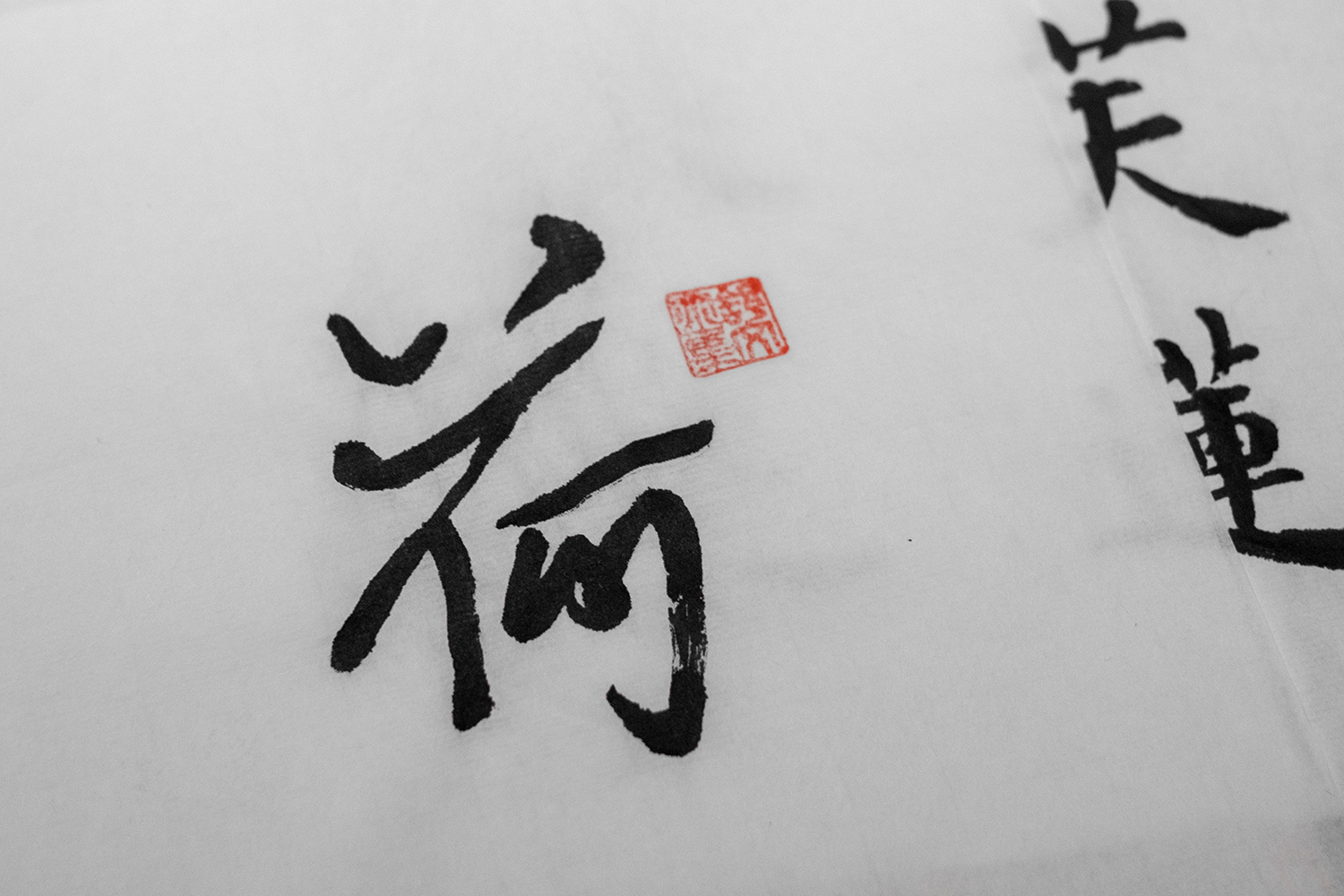The way of writing
The streets of Taiwan are decorated with Chinese characters of all styles. Some scrawled in chalk on boards next to street stalls and cafes. Others neon and glowing from a great height. During my time in Taipei, I tried my hand at Chinese calligraphy, with master calligrapher Teresa Kung.
Before getting stuck into the painting, we prepared the ink. A part of the process that felt ritualistic - like the preparation before a tea ceremony. The ink is made by grinding a solid inkstick on a polished stone with a small amount of water. The inkstick is traditionally made with soot and a binding ingredient. Incense was sometimes added to give off an aroma during the process.
Characters that represents a word or phrase, such as those used in the Chinese language and Japanese kanji, as known as logograms. There is a technique and an order to their painting.
As well as picking up some of the basic skills of the craft, I learned about the evolution of the characters, from early stone carvings to cursive script, and the social and political changes that shaped them.
The finished paintings are stamped with a small Chinese seal - a practice that dates back to the Shang dynasty (1600 – 1046 BCE).
Grinding the inkstick
Logogram meaning 'auspicious'
Logogram meaning 'lotus'
The Chinese word for calligraphy is Shūfǎ, meaning 'the way of writing'.





